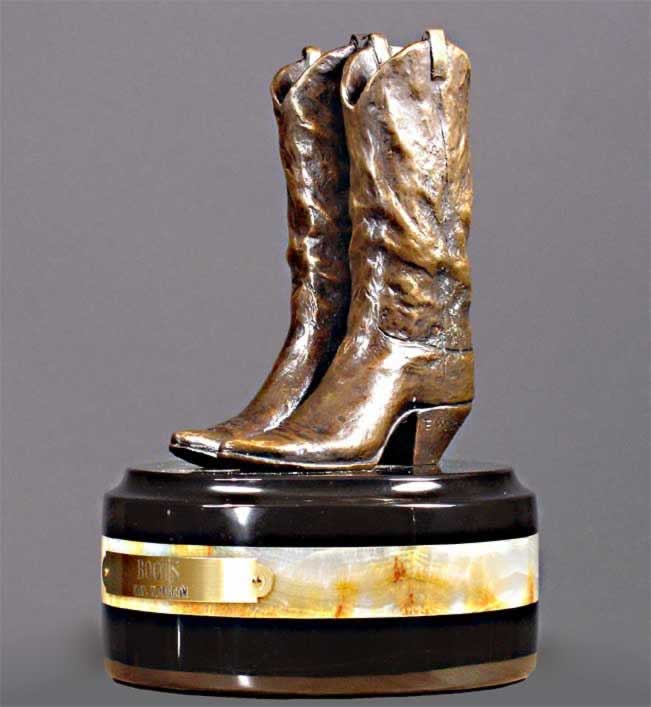Earl Bascom (1906-1995)
Get a Earl Bascom (1906-1995) Certificate of Authenticity for your painting (COA) for your Earl Bascom (1906-1995) drawing.
For all your Earl Bascom (1906-1995) artworks you need a Certificate of Authenticity (COA) in order to sell, to insure or to donate for a tax deduction.
Getting a Earl Bascom (1906-1995) Certificate of Authenticity (COA) is easy. Just send us photos and dimensions and tell us what you know about the origin or history of your Earl Bascom (1906-1995) painting or drawing.
If you want to sell your Earl Bascom (1906-1995) painting or drawing use our selling services. We offer Earl Bascom (1906-1995) selling help, selling advice, private treaty sales and full brokerage.
We have been authenticating Earl Bascom (1906-1995) and issuing certificates of authenticity since 2002. We are recognized Earl Bascom (1906-1995) experts and Earl Bascom (1906-1995) certified appraisers. We issue COAs and appraisals for all Earl Bascom (1906-1995) artworks.
Our Earl Bascom (1906-1995) paintings and drawings authentications are accepted and respected worldwide.
Each COA is backed by in-depth research and analysis authentication reports.
The Earl Bascom (1906-1995) certificates of authenticity we issue are based on solid, reliable and fully referenced art investigations, authentication research, analytical work and forensic studies.
We are available to examine your Earl Bascom (1906-1995) painting or drawing anywhere in the world.
You will generally receive your certificates of authenticity and authentication report within two weeks. Some complicated cases with difficult to research Earl Bascom (1906-1995) paintings or drawings take longer.
Our clients include Earl Bascom (1906-1995) collectors, investors, tax authorities, insurance adjusters, appraisers, valuers, auctioneers, Federal agencies and many law firms.
We perform Earl Bascom art authentication, appraisal, certificates of authenticity (COA), analysis, research, scientific tests, full art authentications. We will help you sell your Earl Bascom or we will sell it for you.
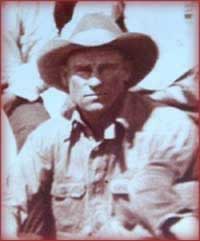
Earl W. Bascom was an American painter, printmaker and sculptor, raised in Canada, who portrayed his own experiences cowboying and rodeoing across the American and Canadian West.
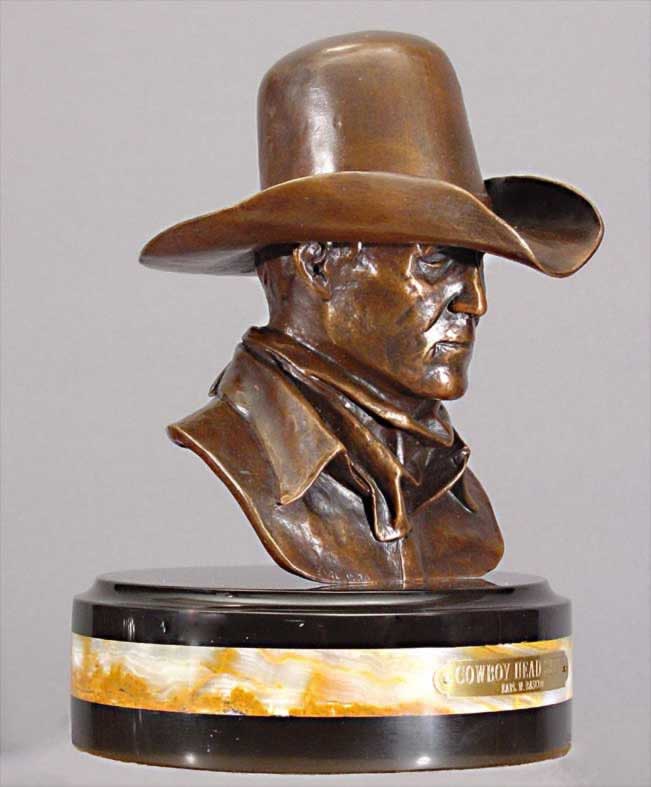
Bascom was born in a sod-roofed log cabin on the Bascom 101 Ranch in Vernal, Utah. His father, John W. Bascom, had been a deputy sheriff in Utah who chased Butch Cassidy and the Wild Bunch Gang. Both sets of Earl’s grandparents (Joel A. Bascom and C.F.B. Lybbert) were Mormon pioneers, ranchers and frontier lawmen.
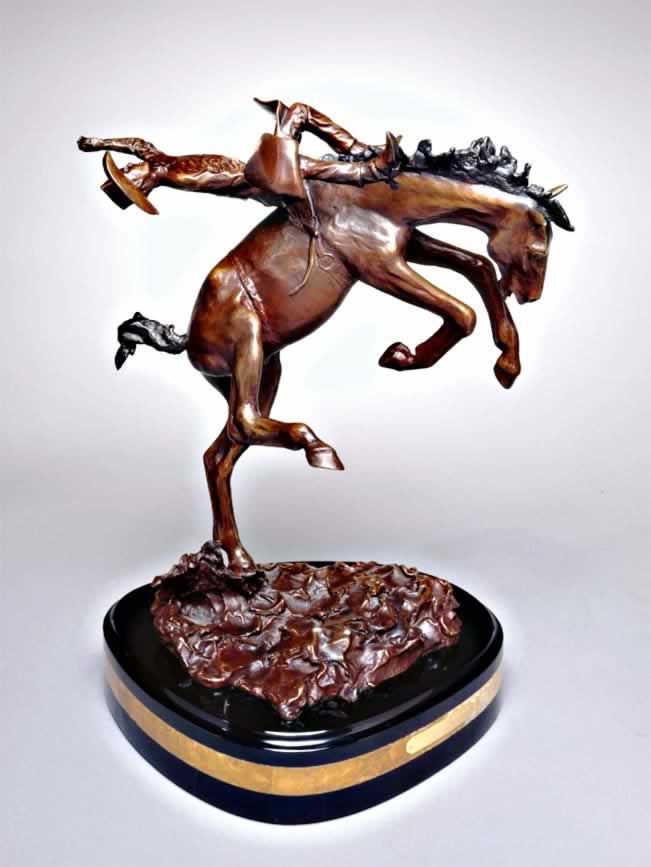
Earl Bascom’s paternal ancestral background was a colorful array of nationalities and ethnicities including Quaker, French Basque and Huguenot, as well as an American Colonial Governor, John Webster, and a Revolutionary War soldier, Oliver Greene. His maternal family was of Norwegian, Danish, Dutch and German ancestry. As a child growing up, he was sometimes affectionately addressed by his British-born aunts as “Lord Bascom – King of the Canadian Cowboys,” as he was a descendant of European royalty back to Charlemagne.
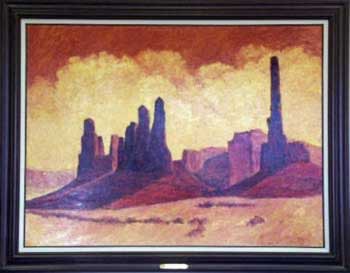
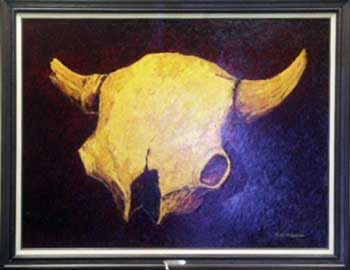
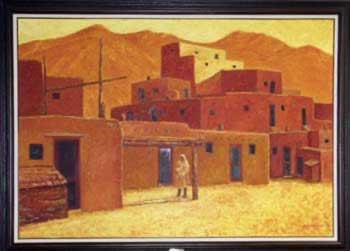
While Bascom was still a child his family moved to the Bascom Bar-B-3 Ranch in Alberta, Canada. He quit school while in grade three to work on the Hyssop 5H Ranch. Although he was soon marched back to school by the Royal Canadian Mounted Police, Earl was reprieved to get the job of driving an old stagecoach each day to the surrounding ranches transporting fellow students to and from school.
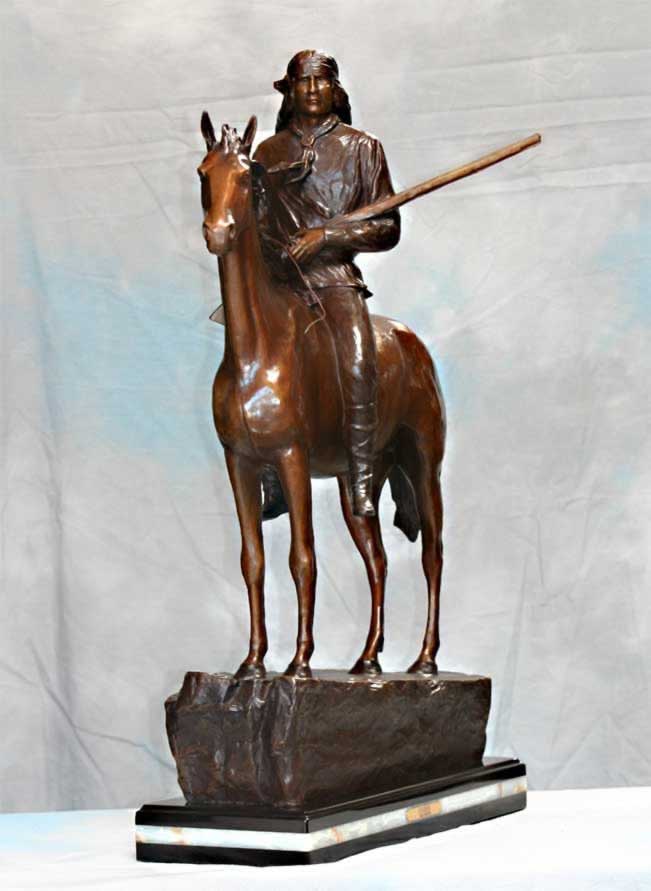
Earl Bascom was known as the Cowboy of Cowboy Artists due to his wide range of western experiences as a professional bronco buster, cowpuncher, trail driver, blacksmith, freighter, wolf hunter, wild horse chaser, rodeo champion, cattle rancher, dude wrangler, and Hollywood actor. Bascom was among the last of those who experienced the Old West before the end of free-range ranching. Bascom reminisced:
“I worked for some of the big open-range outfits from Purple Springs to the Sweetgrass Hills and Kicking Horse Creek to the Milk River Ridge and the Canadian Rockies. On one roundup some 7,000 horses were gathered in one bunch a mile wide. And the Knight Ranch dipped 18,000 head of cattle. What a sight to see. The sight, the sounds, the smell I can still remember”
For Earl Bascom, ranch life and cowboy life was his life. “The life of a cowboy and the West, I know,” he stated. Bascom worked on some of the largest horse and cattle ranches in the United States and Canada ? ranches that ran thousands of cattle on a million acres (4000 km²) of land. He broke and trained hundreds of horses. He worked on ranches where he chased and gathered horses, cows and even donkeys in Utah, Arizona, Colorado, Idaho, Wyoming, Montana, Mississippi, Washington, California and Canada. He worked on cattle drives out of the Rockies and horse drives through the Teton Range. He took part on large roundups of horses and cattle, and brandings. He made saddles and stirrups, quirts, chaps, spurs, bridles and bits, ropes and hackamores, and even patched his own boots. Earl’s father, John W. Bascom, and Earl’s brothers were all experienced ranch cowboys.
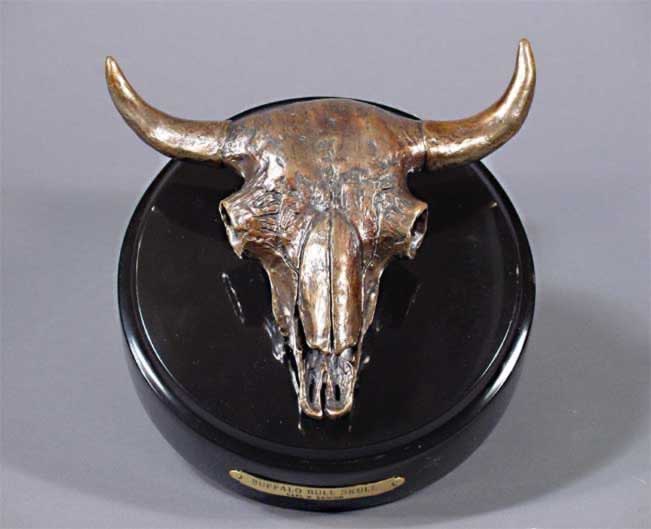
In 1939, Earl married Nadine Diffey, who was part Creek and Catawba. He met her in Mississippi while cowboying and rodeoing there. They were married in Salt Lake City, Utah and raised five children. Later in life, Nadine Bascom became a sculptor in her own right, creating bas-relief sculptures.
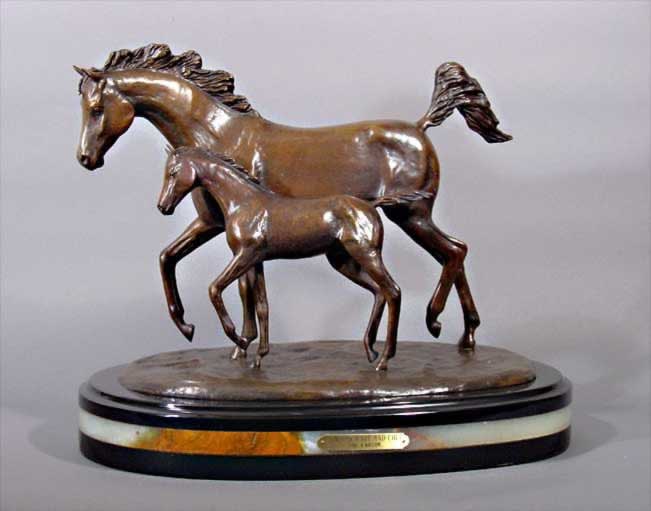
Besides being a serious-minded rodeo contestant, Earl tried his hand as a rodeo clown and rodeo bullfighter during his rodeo career. Just after his 89th birthday, Earl was honored as the oldest living rodeo clown in the world.
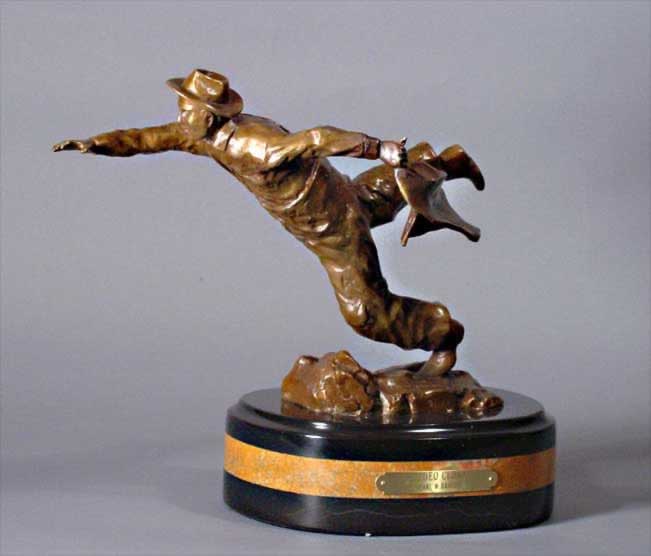
Wanting to be an artist since childhood, Earl Bascom filled the pages of his school books in the one-room school house he attended with cowboy scenes. Earl Bascom’s desire to be a cowboy artist was greatly enhanced after seeing art works of the two great icons of Old West art, Charles M. Russell and Frederic S. Remington – both cousins to Earl’s father (Remington and Russell were both related to Bascom through their mothers, Clarissa Bascom Sackrider Remington and Mary Elizabeth Mead Russell, respectively). Charles Russell was on the Knight Ranch when Earl was working there, and had drawn a sketch on the bunkhouse wall and also finished a large oil painting of Raymond Knight on his favorite mount, Blue Bird, roping a steer.
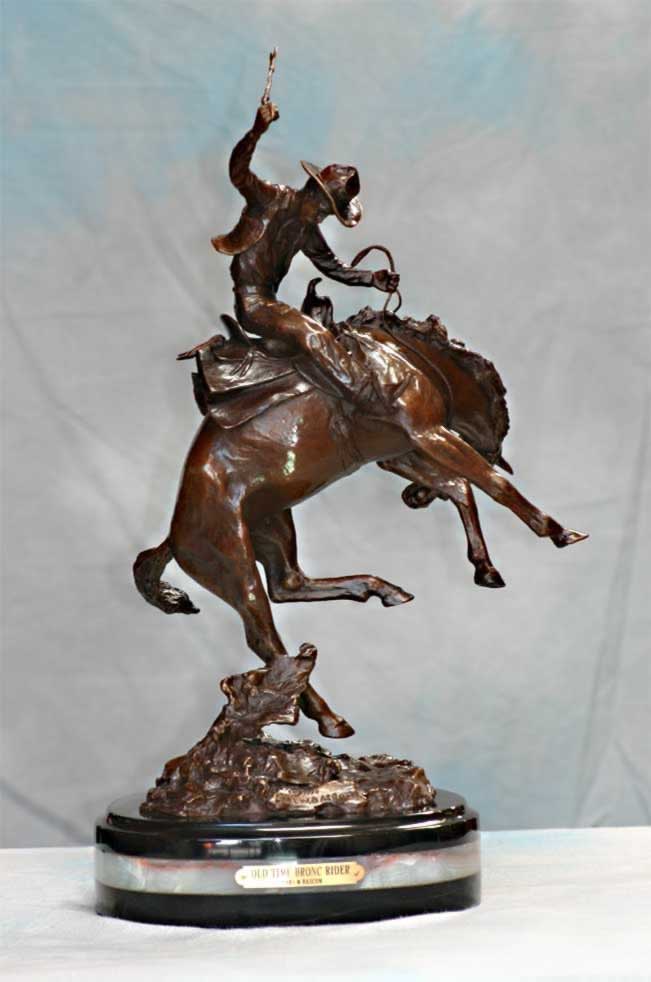
Earl only completed one full year of school and never finished high school, but he never lost his desire to be an artist. He subscribed to a correspondence art course wherein both Russell and Remington gave instructions on their drawing techniques. “Through those art lessons these two masters of western art were my first real art teachers,” Earl recalled. “In fact the only instructions I ever had in western art were from Remington and Russell.”
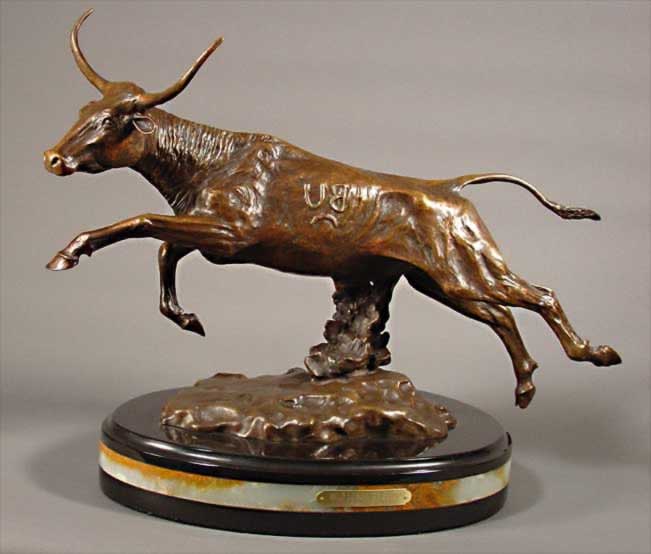
Even though he had no high school diploma, the Brigham Young University in Provo, Utah accepted him as a student in the fall of 1933. “There I was a 27 years old college freshman who hadn’t been to school in years,” Earl recalled. “I felt like a wild horse in a pen.” But his persistence was tough, taking every art course the college offered. He studied painting and drawing under professors E.H. Eastmond and B.F. Larsen, and sculpture under Torlief Knaphus. Earl graduated from B.Y.U. in 1940. Later he attended classes at Long Beach City College, Victor Valley College and the University of California Riverside.
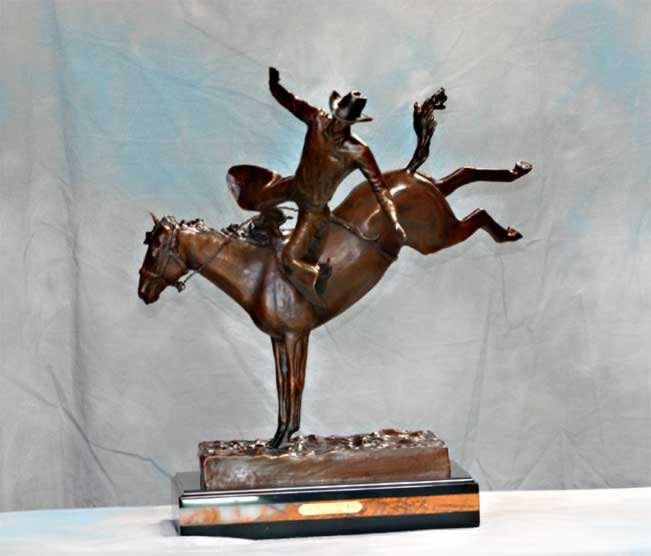
In 1966, after getting his teaching certificate, Earl taught art classes at John F. Kennedy High School and at Barstow High School. He also served as president of the High Desert Artists, and later as president of the Buckaroo Artists of America. Among his art associates were Bill Bender, Charles LaMonk. Leslie B. DeMille, Glen Turner and Cecil Smith.
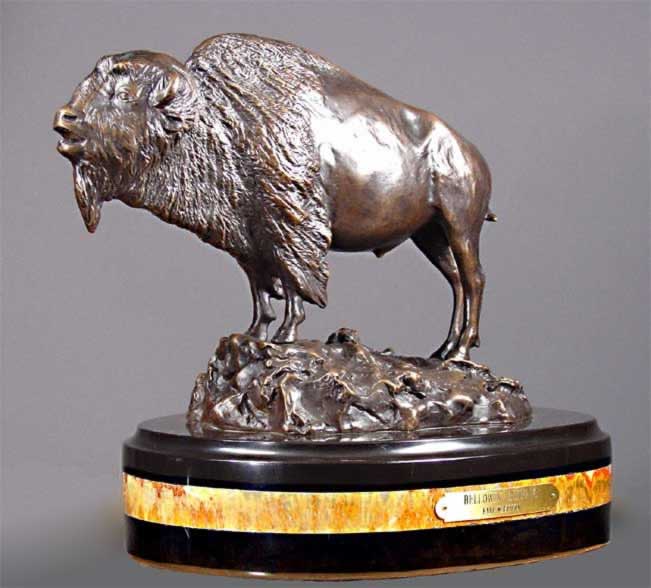
Earl Bascom became internationally known as a cowboy artist and sculptor. His art has been exhibited in the United States, Canada and Europe. He was honored by the Professional Rodeo Cowboy Artists Association as the first rodeo cowboy to become a professional cowboy artist and sculptor. He was the first cowboy artist to be honored as a Fellow of the Royal Society of Arts of London. In the summer of 2005, the Earl W. Bascom Memorial Rodeo was held in Berlin, Germany where his cowboy art was exhibited as an honor by the European Rodeo Cowboys Association for Bascom’s world-wide influence upon the sport of rodeo.
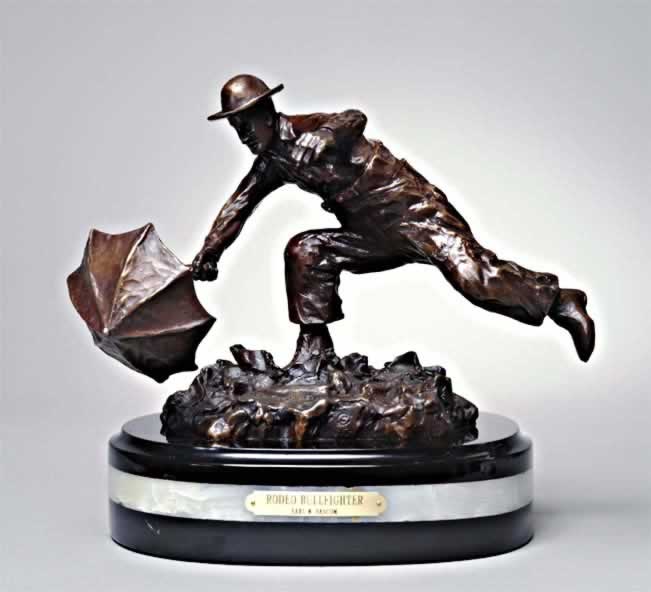
Always one who had deep thoughts and religious leanings, Earl Bascom was ordained a Latter-day Saint Bishop later in life. As the late cowboy celebrity Roy Rogers, who worked with Earl Bascom in TV commercials and was a collector of Bascom art, once said, “Earl Bascom is a walking book of history. His knowledge of the Old West was acquired the old fashioned way ? he was born and raised in it.”
